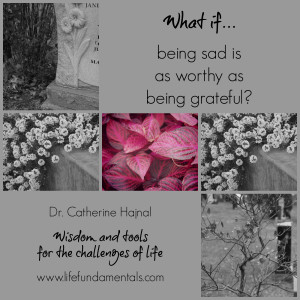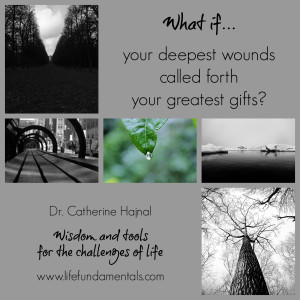I w ant to introduce you to three different starting points or frames for conversations you could have in your organization about death and design. One or another conversation may seem more relevant for your organization. Questioning in this moment why you would bother to have ANY conversation about death in your organization? What if death could be a spark for innovation – a catalyst for design?
ant to introduce you to three different starting points or frames for conversations you could have in your organization about death and design. One or another conversation may seem more relevant for your organization. Questioning in this moment why you would bother to have ANY conversation about death in your organization? What if death could be a spark for innovation – a catalyst for design?
I’m going to dip into my background in human factors engineering, my experience in quality development, organizational effectiveness and business process re-engineering, and my most recent work with loss, grief, and the bereaved in order to illuminate the possibilities. While these may all, on first glance, seem unconnected, consider that the seeds for innovation often come from putting two or more things that already exist together in new ways…
1. Design Because of Death
As part of my human factors training I studied accidents in the workplace with an intention to understand, from a broad, socio-technical systems based perspective what contributed to the accident. In this perspective something had happened – sometimes a death – and we were interested in how that accident might be prevented in the future. What is learned through the investigation becomes input for change – new policies, new procedures, new products, new services. The desired outcome was a safe and healthy workplace for all. Here new design is sparked because of the unexpected/unplanned. It is what I refer to as “after the fact” design.
For your organization:
- Turn towards:
- Any accidental deaths in your workplace OR
- Accidents connected to the use of your products and services with clients/in the community OR
- Deaths individuals in your organization are seeing in the world that get them angry, frustrated, and/or saddened.
- Engage in potentially difficult and awkward conversations. Ask questions. Learn.
- What could you do about reducing or preventing those deaths? Is there a product or service you could create that might make a difference?
- Design/redesign.
There are many ways in which this type of design catalyst can come to light. Workplace accident/death investigations is one I’ve mentioned above. Another scenario is an individual who is touched by a loss and is motivated to do something about it. Consider this new helmet design connected to family, an accident, and a death. Or organizations like MADD that have their seeds in an individual’s loss. In all of the these the original loss cannot be undone, but future losses can hopefully be prevented. Society as a whole benefits by better designs in products and services, and the creation of new organizations that are catalysts for change.
2. Design with Death (and grief) in mind
Human factors also offers principles for design in general. It advocates thinking about the “human” – the end user – in the design of the product or service. Here we look at designing a product or service given a particular user base and what their needs might be.
So what if we design with an end user who will die in mind? We are beginning to see this play out in the digital world. Facebook for example, now enables users to designate a Legacy Contact – someone to manage your account , and process for how to do that, should something happen to you. As another example, Gmail has designed a tool for you to make decisions about what happens to your account when it is “inactive”. Designating “Next of Kin” or “Beneficiary” are examples we recognize from many of our finance/money or benefits related products and services.
Any organization with a customer can engage in this conversation. What happens when one of your customers/clients dies? Policies? Procedures? There are customer relationship management implications, data and privacy implications, and great potential to be very unhelpful to any grieving survivors if no prior consideration is given to designing with death and grief in mind.
I wrote recently on this topic from a customer relationship/customer loyalty perspective and included a set of questions for organizations therein, so I won’t repeat them here. I will however reiterate that giving consideration to death and loss in the design of your products and services can influence customer loyalty.
[Note: For those who are interested in exploring this more from a human-computer interaction perspective, I encourage you to look at the work being done on thanatosensitivity which refers to research and design that recognizes and engages with the conceptual and practical issues surrounding death in the creation of interactive systems.]
3. Design for Death
In the first frame I put forward, a death had happened unexpectedly. In the second, death is acknowledged, but it is not the focus of the design conversation. Products and services are being developed and consideration is being given to how death and loss might touch those. In this frame death is both expected and the focus – products and services are being designed for death and the process of dying.
Consider the emerging green burial movement. (What’s old is new again.) Consider urns. Consider pet cemeteries. Consider custom jewelry that incorporates ashes from the deceased. Consider hospices. Consider the role of a Death Midwife. None of these links are endorsements for that particular product, service or organization, rather each represents an example of design for death. And collectively they represent the tip of the iceberg in terms of what is possible.
Some questions to begin the conversation:
- How and why do people die? (Mentally, physically, emotionally, spiritually.)
- What happens once someone has died? (Mentally, physically, emotionally, spiritually.)
- What have our personal experiences been with the process of death? (Mentally, physically, emotionally, spiritually)
So why have a conversation about death and design?
Loss and death are part of the human condition. Our first reaction is often to turn away from these kinds of topics. What if we turn towards them instead? Be curious. Be brave. Explore the meaning of death. Here’s a few possibilities of what we might find:
- inspiration
- healthier and safer products and environments
- innovative approaches
- customer loyalty
- quality improvements
- beauty
- healing
- remembering
- creating jobs and organizations.
Let’s have a conversation.
© Dr. Catherine Hajnal 2016. All rights reserved.

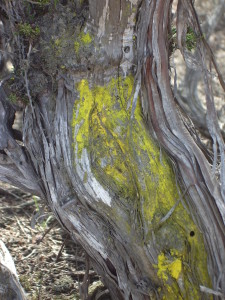
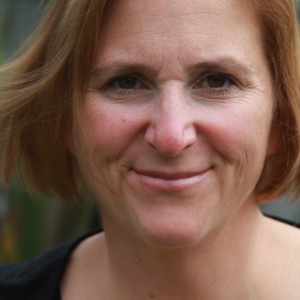

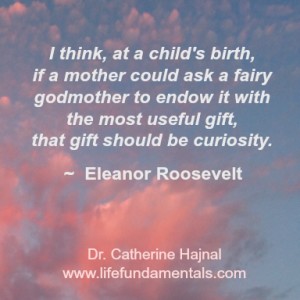

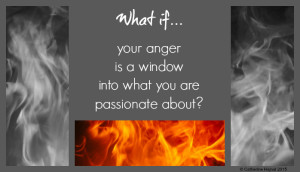
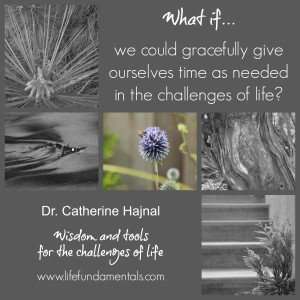 How long does it take to grieve a loved one who has died?
How long does it take to grieve a loved one who has died?